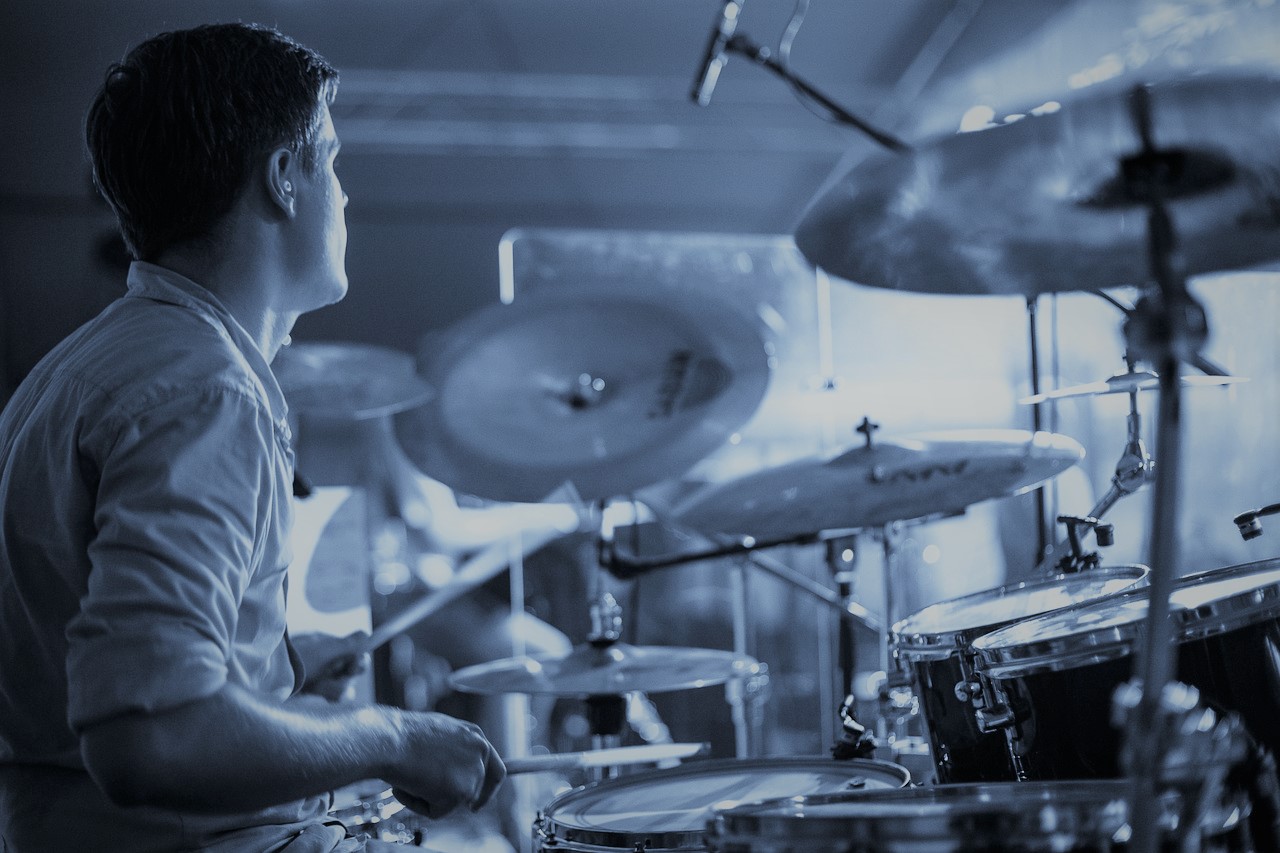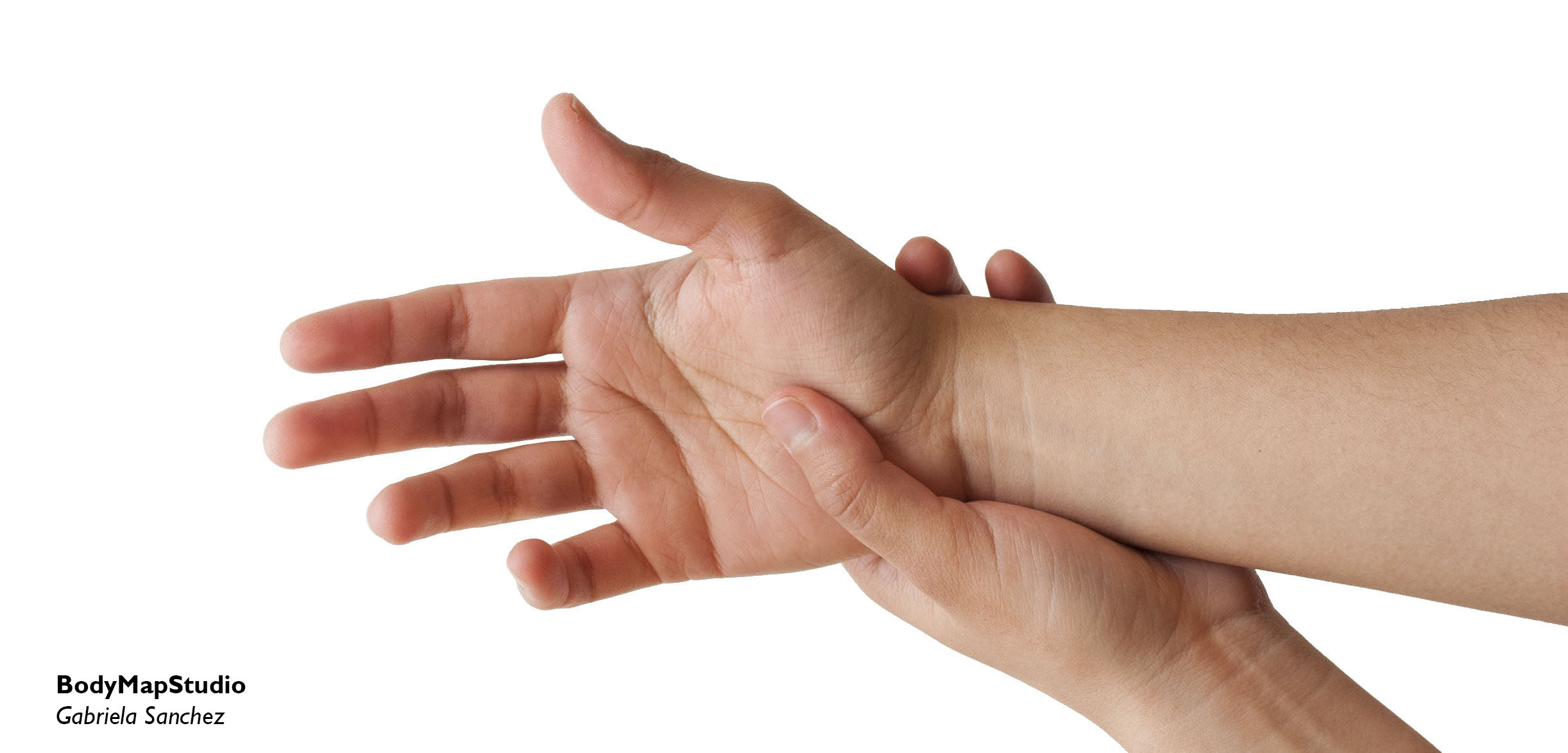
Barbara and William Conable, who are Alexander Technique teachers and developers of Body Mapping, are the authors of How to Learn the Alexander Technique: A manual for students. They explain common misperceptions in the body that musicians have that cause them tension. The part for percussionists says:
“The freest players on most concert stages—rock concerts, jazz concerts, symphony concerts, country concerts, concert band—are the percussion players. Wonder why? Maybe it’s all the movement they do? Maybe it’s some mystique? Maybe it’s because drums sound so terrible played tensely? Maybe it’s because there’s a self-conscious element of dance in drumming? Maybe it’s because we have unconscious expectations about how drummers should look—we expect them to look free?” (Conable, 1995, p. 138)
Barbara and William Conable present some interesting questions that oscillate from percussion technique, to the connection between the body and rhythm, to the perception of the audience to try to find an answer to why percussionists are the “freest players”.
We expect them to look free, without tension
On one hand in classical music, sometimes, percussionists are compared with string players (or others) who play many notes, fast, and have to perform in the whole concert. How can one be tense while playing triangle, or cymbals, or bass drum? Yes, they look free. But the demands of playing in an orchestra are many.
On the other hand we have the percussionists who “feel the rhythm”; they look natural, happy, smiling, or dancing. Yes, they look free, and perhaps they are. But sometimes when they stop playing, their hands, arms, shoulders or back hurt. This happens backstage and it doesn’t come with the job.
Do you think that percussionists are the freest players?
Percussionists are the same as all musicians. We tense, we want to play faster and better, we want to have control. We want to achieve a goal and sometimes we don’t know how the body is designed for all the complex movements that we need to perform.
Percussionists also develop injuries
In 1999 I had tendonitis and during that time I started thinking about the significance of musicians being aware of their bodies.
I started feeling cold in my right hand and then pain in my forearm, but I kept practicing. I played snare drum only with my left hand. I played marimba with X technique because, at the beginning, it didn’t hurt. I thought that some ibuprofen would solve the pain, but then it got worse and I had to stop playing for months. The reality is that if we feel pain, then we are on the edge of developing tendonitis, carpal tunnel syndrome, ganglion cysts, etc.

Three mistakes that I made when I was in pain:
- I believed that this was normal and it was just a matter of needing rest.
- I didn’t pay attention. I kept playing without knowing where and how the movements started within my body.
- Advil or Naproxen helped me with the symptoms, but I didn’t realise that I also had to learn how to use my body with each
One way to prevent
So, going back, it doesn’t matter how you look. What is important is how you feel in your body, and you will develop this sensation with practice.
What matters isn’t the amount of movement that you do, but the quality of that movement. You need to find accurate information about how your body moves while playing your instruments.
It’s your career and it’s your body, you have the choice!
Work cited:
Conable, B. & Conable, W. (1995). How to learn the Alexander technique: A manual for students. Portland, Oregon: Andover Press.